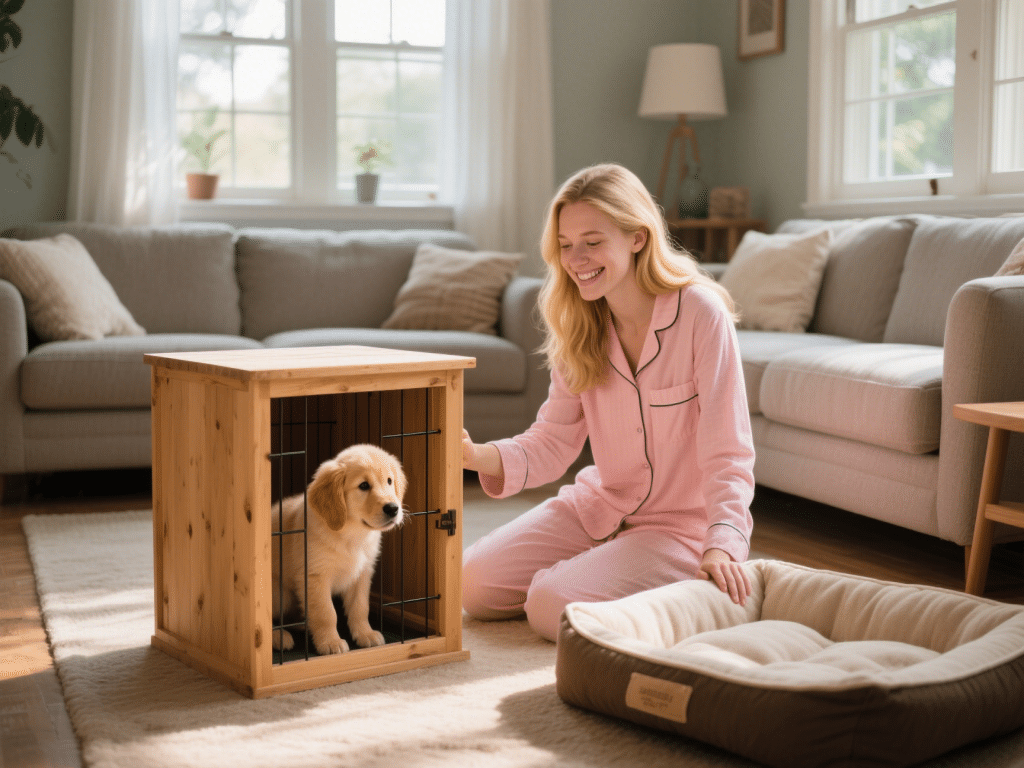Why Your Indoor Cat Needs an Adventure Zone
Indoor cats require physical and mental stimulation to prevent obesity, boredom, and stress-related behaviors. A thoughtfully designed “Adventure Zone” mimics natural hunting/climbing instincts within safe boundaries. Studies show cats with vertical territory exhibit 30% fewer anxiety signs (Journal of Feline Medicine, 2023).
Essential Elements of a Cat Adventure Zone
1. Vertical Territory Expansion
Wall-Mounted Systems: Install modular shelves (e.g., plywood with carpet/sisal) creating staggered pathways. Ensure platforms are ≥12"x12" for resting.
Cat Trees: Choose stable bases and varying heights (min. 5ft). Sisal rope posts satisfy clawing urges.
Window Perches: Secure, padded perches near sunny windows provide “cat TV” (bird watching).
2. Safe & Engaging Materials
Surfaces: Use non-toxic, scratchable textures: sisal rope, untreated wood, tightly woven carpet.
Avoid: Loose fabrics causing claw snags, particle board (off-gasses formaldehyde), or unstable structures.
Secure Mounting: Anchor all wall units into studs using steel brackets (>50lb capacity per shelf).
3. Dynamic Enrichment Features
Puzzle Feeders: Hide kibble in treat balls or puzzle toys placed on platforms.
Rotating Toys: Cycle feather wands, crinkle balls, or battery-free moving toys weekly to maintain novelty.
Hidden Nooks: Include covered boxes or tunnels between platforms for security.
4. Safety & Practicality
Fall Prevention: Ensure safe jump distances (<4ft between levels). Place soft mats below.
Accessibility: Include ramps or lower steps for kittens/senior cats. Avoid direct sunlight on resting spots.
Easy Cleaning: Choose wipeable materials or removable/washable covers.
5. DIY vs. Commercial Solutions
DIY: Cost-effective using sanded plywood, kiln-dried 4x4 posts, and bulk sisal rope. Sand all edges smooth.
Commercial: Look for brands using solid wood and certified non-toxic finishes (e.g., E0/E1 standards).
Hybrid Approach: Combine sturdy store-bought bases with custom wall extensions.
Maintaining the Adventure Zone
Weekly: Inspect anchor points and sisal wear. Rotate toy locations.
Monthly: Wash fabric components. Re-tighten screws/brackets.
Observe Your Cat: Tailor layouts based on usage – expand popular routes, adjust unpopular elements.
Final Tip: Place the zone in a social area (e.g., living room corner) to integrate activity into family life. Cats seek interaction – reward exploration with praise or play, reinforcing positive use. A well-utilized Adventure Zone significantly enhances indoor feline welfare, turning potential lethargy into healthy adventure.
Professional Note: Consult your vet before introducing intense activity for sedentary cats. Gradual introduction over 1-2 weeks is recommended.










Comments on "Building a Comfortable Indoor 'Adventure Zone' for Your Cat" :